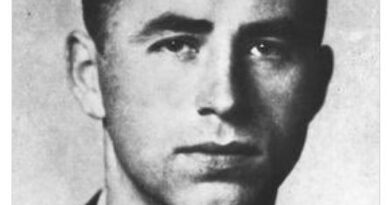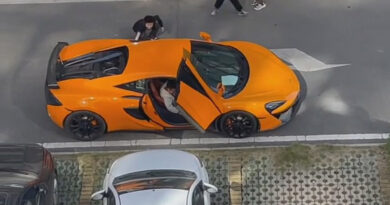Controversial Nazi Art Goes On Show At Austrian Museum
Works of art created during the Nazi era are going on show at the Wien Museum in the Austrian capital Vienna, which Adolf Hitler once called the “gem of the Reich”.
This exhibition was announced despite Austria claiming it has the strictest anti-Nazism laws in the world.
The Wien Museum explained in a statement: “The Reich Chamber of Fine Arts (Reichskammer der bildenden Kuenste, RdbK) was the most powerful institution for the political control of art under National Socialism. Membership was a prerequisite for professional art work, making it a de facto obligation for active artists.
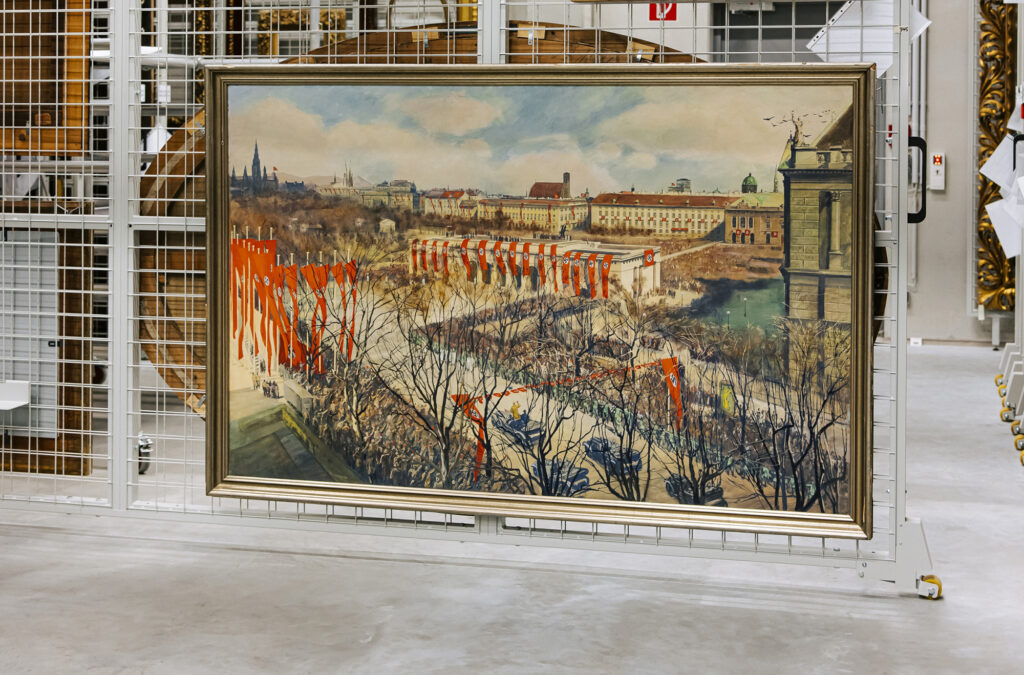
“Persons with Jewish backgrounds, political dissidents, and artists considered too avant-garde were denied membership.
“The files of the Viennese Reichskammer have now been examined for the first time, revealing the records of about 3,000 artists.
Countless works by such figures active during the Nazi regime have also found their way into the collections of Vienna’s museums.”
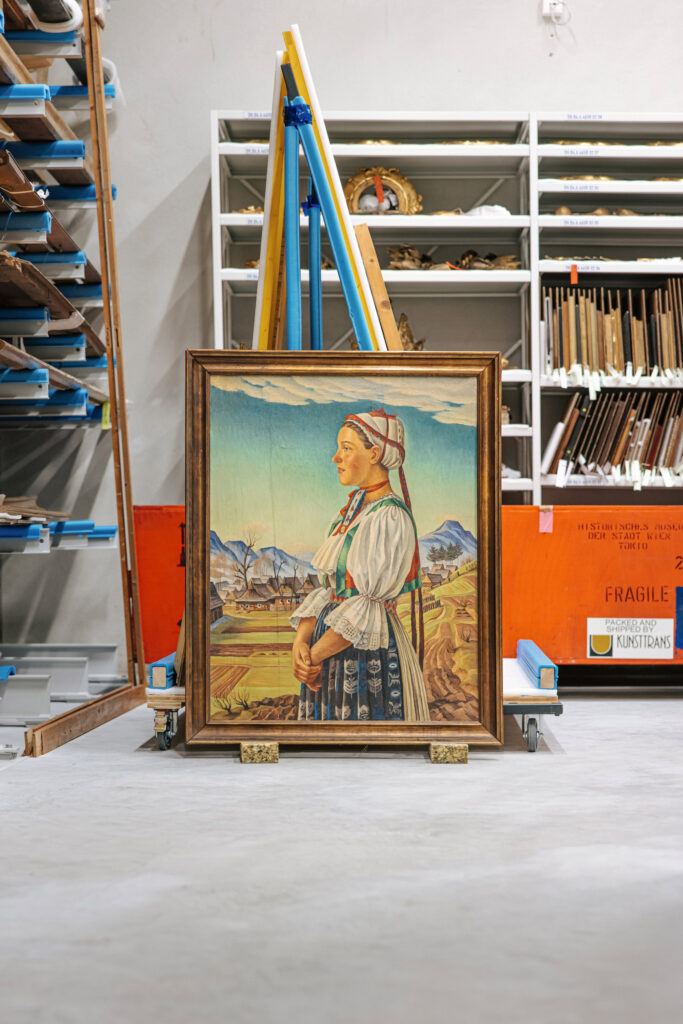
They said that new studies into these works of art are providing insights into the “political power structures, processes, networks, and artistic attitudes of the Nazi regime”.
They said the exhibition is called ‘Vienna Falls in Line: The Politics of Art under National Socialism’, and said that it is geared towards presenting these new findings with “original objects and documents” providing information on the “working artists of Nazi Vienna in general and their production of explicitly political propaganda art in particular”.
The museum also stated that the exhibition is geared towards looking into “the role of Vienna’s municipality as an important patron of Nazi art”.
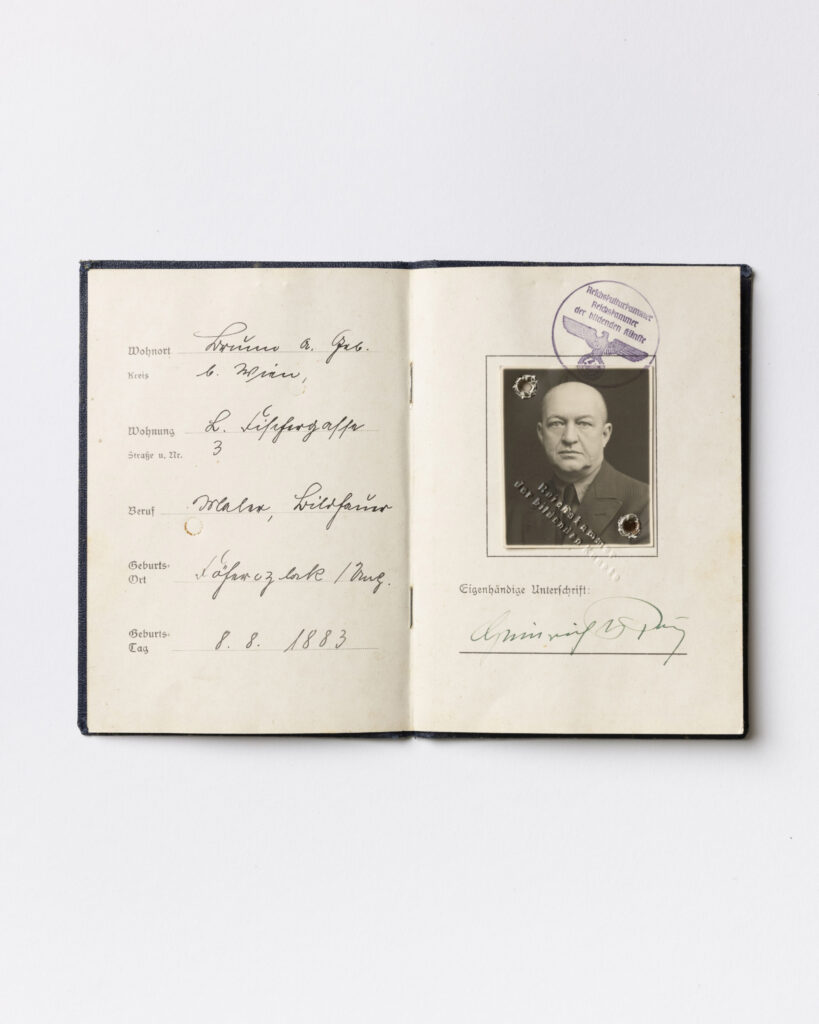
According to the museum, Austrian artists often showed their “fealty” towards the Nazi regime, even before the Anschluss, which was the annexation of Austria by Nazi Germany in 1938.
The museum said that, for example, the “sculptor Wilhelm Frass, in 1935, hid a letter in which he professed his fealty to Nazism under the Monument to the Unknown Soldier at Heroes’ Gate; many other Austrian artists, meanwhile, openly flaunted their Nazi sympathies”.
The museum also said that “the anti-Semitic Union of German Painters of Austria was founded in 1937”, adding that “many artists’ associations were infiltrated by ‘illegals’, individuals who remained loyal National Socialists after the ban on the Nazi Party on June 19, 1933, until the Anschluss on 12th March 1938. Liberal cultural policies were systematically eliminated.”
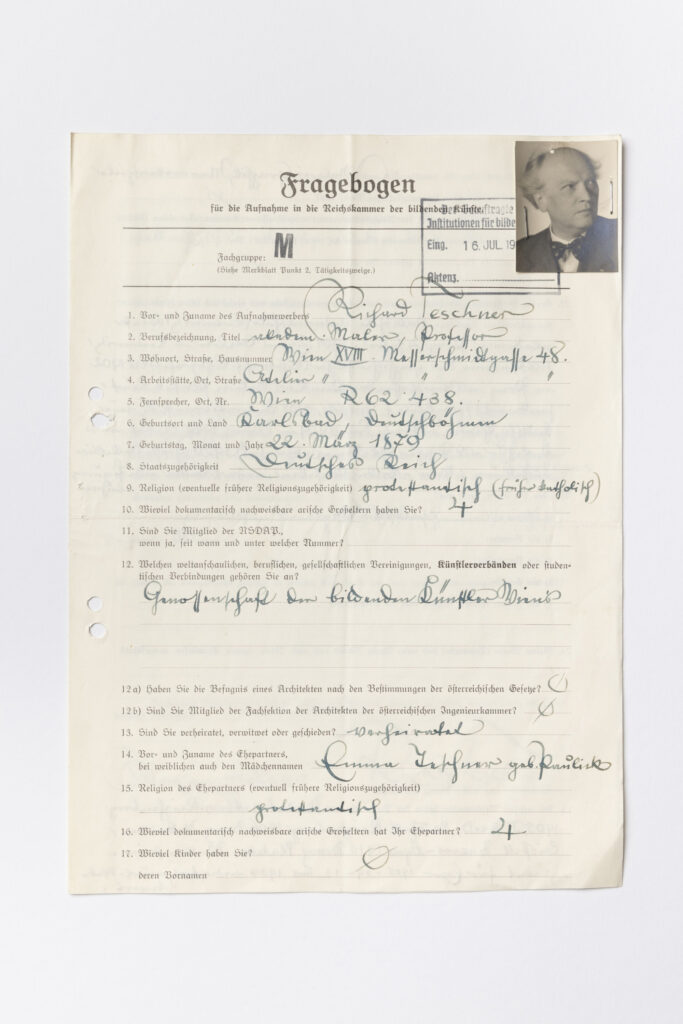
After Adolf Hitler annexed Austria, “the Reich Chamber’s admissions process for new members was subject to strict bureaucratic regulations; aspiring members needed to meet the Nazi regime’s artistic, political, and racial criteria. Political dissidents and Jewish artists were barred from membership.”
But the museum said the final decision regarding some applications did not lie in Vienna but would instead be forwarded to the epicentre of Nazi power in Berlin.
The museum said: “The Vienna head office reviewed the applications to make sure they were complete, and the consultants of the disciplinary divisions assessed candidates’ creative accomplishments.
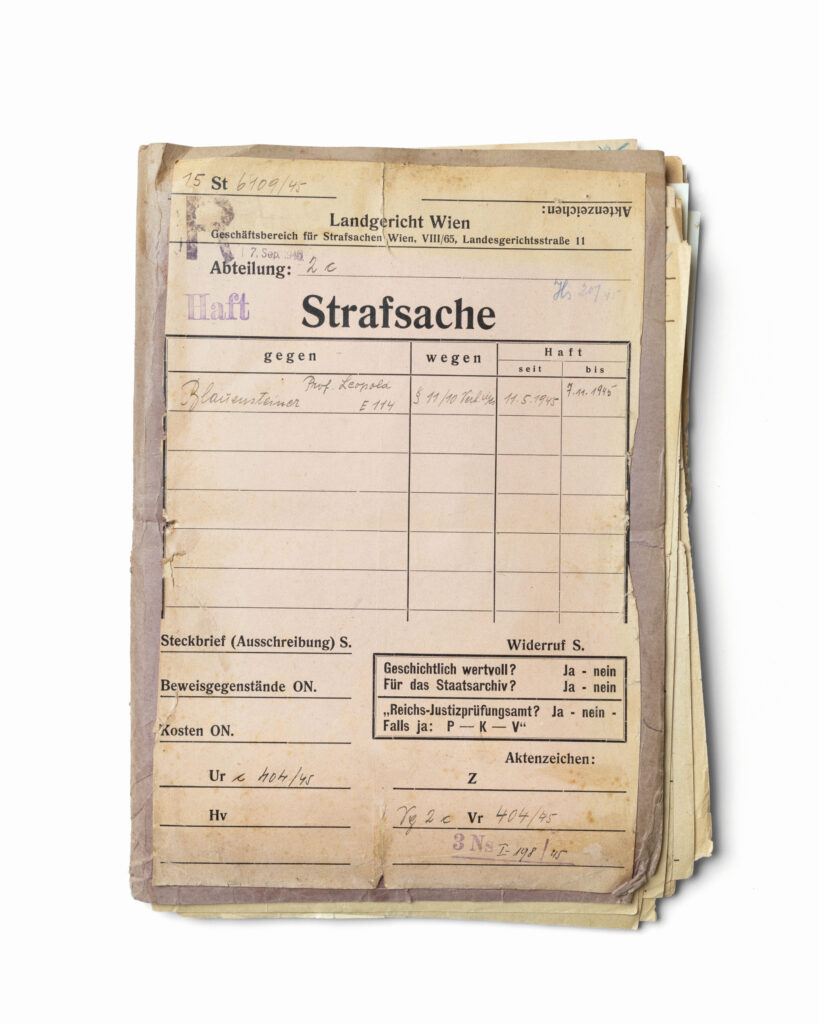
“The state director and managing director then forwarded the applications to the central office in Berlin. The special dispensations indicate that the rules were not always followed to the letter and hint at the individual stories behind each application. The power to decide a candidate’s fate and issue a letter of admission rested with the Berlin office.”
The museum says that there is evidence of about 3,000 people being members of the Reich Chamber of Fine Arts in Vienna during the Nazi regime.
They said that the collection, when assessed in its entirety, “offers insight into the rigid system of Nazi art policy, which was characterised by exclusion, oppression, and enforced conformity”.
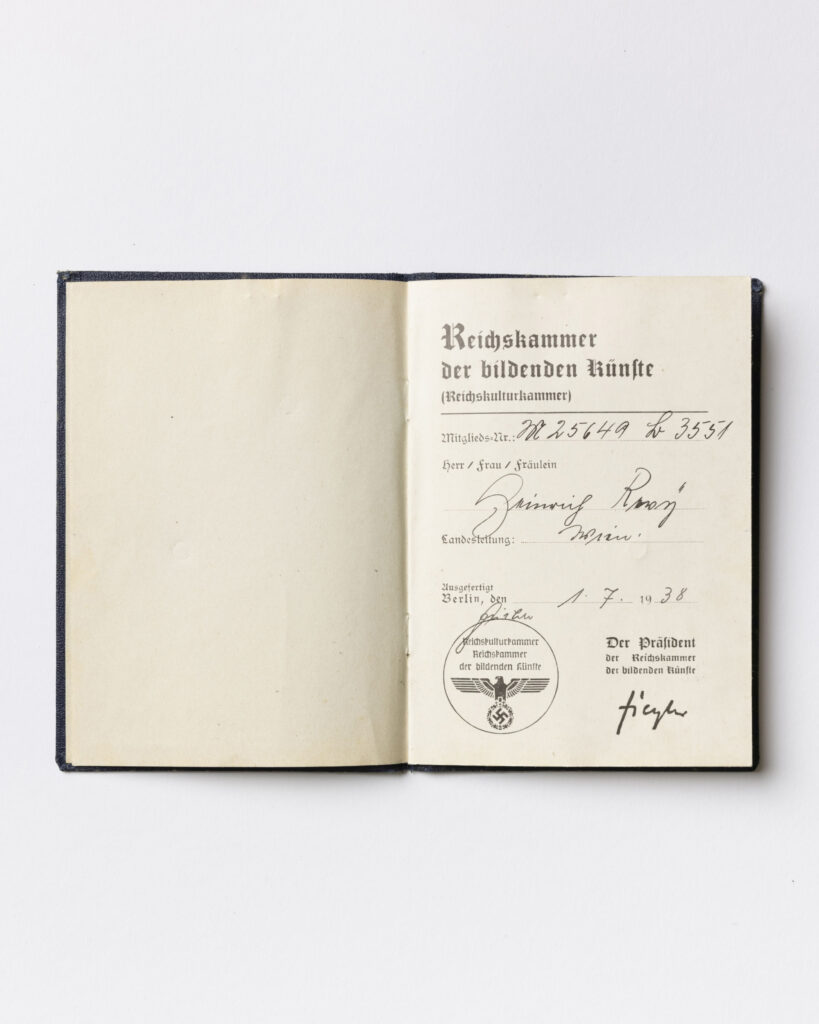
As an example of the Nazi influence on art and culture in the Austrian capital, the museum gave the example, among others, of the Vienna City Hall, which underwent a redesign under the National Socialists.
The museum said: “Vienna’s City Hall was the seat of the Nazi municipal administration. In 1939, competitions were held for a redesign of the representative and office rooms in line with Nazi ideology, and selected artists were hired to paint official portraits of high-ranking appointees.
“Monumental murals depicted subjects from German legend and the new Ostmark. Tapestries with Nazi slogans and insignia were an integral part of the regime’s aesthetic programme. A platform was added to the tower from which Hitler could address the masses.
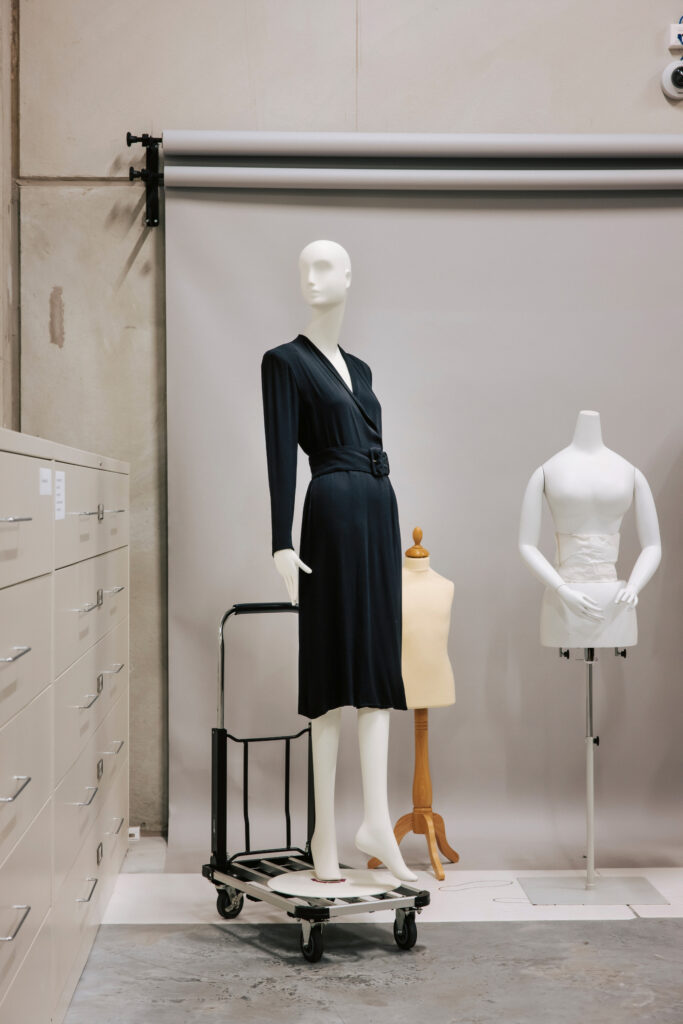
“Passages from Hitler’s speech from April 1938 in which he called Vienna the ‘gem of the Reich’ framed a tapestry as well as the new ‘exterior pulpit’ where his words were immortalised on bronze plaques.”
Austria’s former Chancellor, Sebastian Kurz, 35, who resigned a few days ago after he became engulfed in a corruption scandal, told the Times of Israel in 2019: “Whenever anti‐Semitic incidents occur, regardless of the political party involved, I speak up and try to use the powers of my position as chancellor to ensure that such incidents have consequences.
“In Austria, we have the strictest legislation worldwide against these kinds of offenses. Any form of neo-Nazism is a criminal act that usually entails years of imprisonment.”

